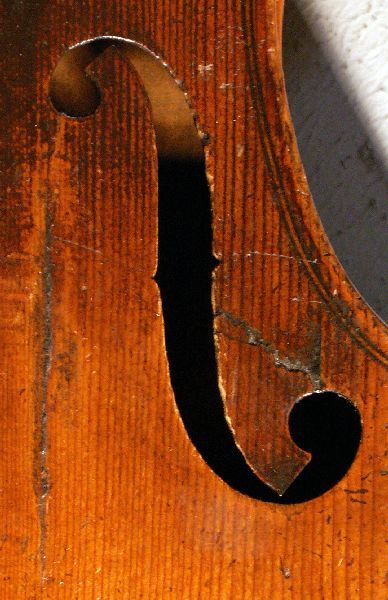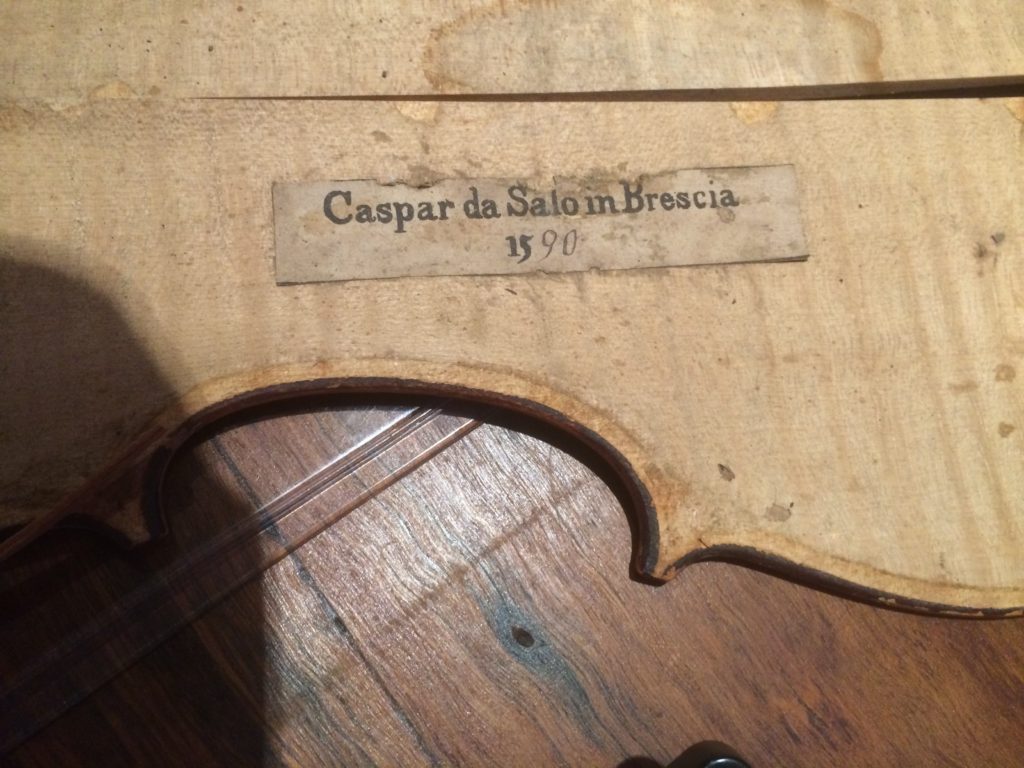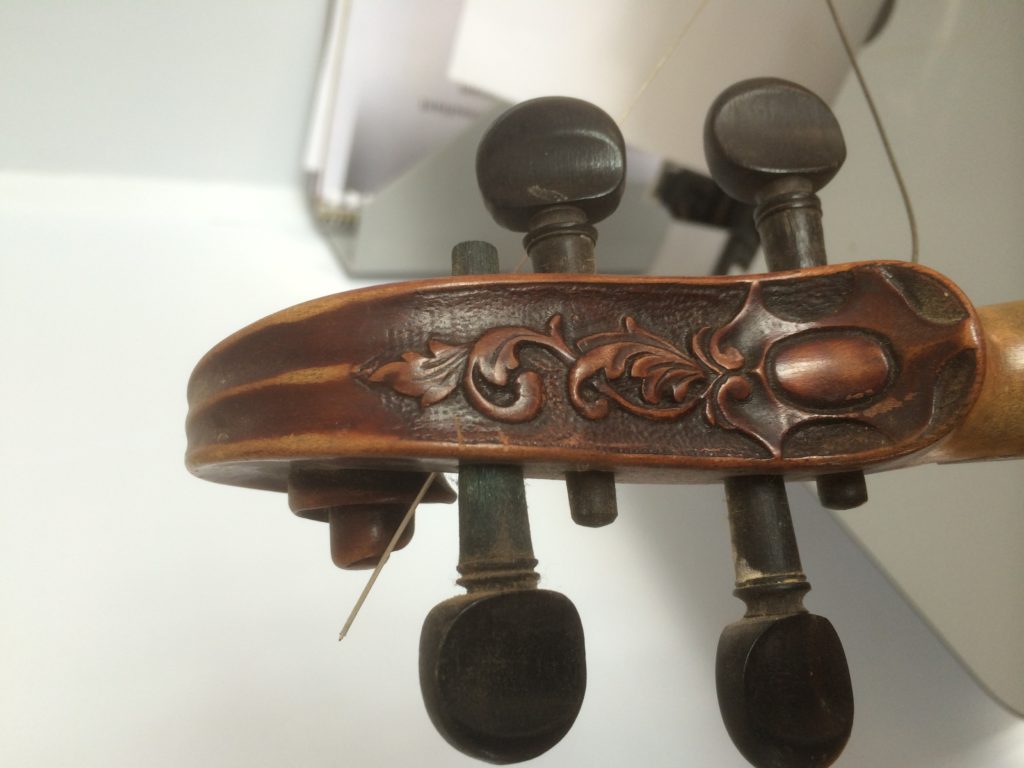A RARE FIND IN YUNGABURRA
Upon visiting an ex-partners mother in the tiny village of Yungaburra in the Atherton tablelands of Far North Queensland, I stumbled on this antique violin in a serious state of repair underneath the Heritage Listed Yungaburra Post Office which she owned.
The idea is to undertake this restoration as a labour of love when I have a LOT of free time one day.
Gasparo Da Salo was, along with the first of the Amati dynasty, among
the 16th century pioneers of violin making. He was most influential in
viola design. He and the Amatis pretty well defined the shape of the
violin family as we know it today.
Many subsequent violas were made to
a Da Salo pattern. The fact that the label says Caspar (the German
form of the name) would lead me to think that this is a German
reproduction.
He worked a full century and more before the most
famous late 17th and early 18th century makers such as Stradivari and
Guarneri.
The violin is made of European spruce (carpathian)

| Yungaburra, on the fringe of the Atherton Tableland, remains little changed since the early 1900s. It is today Queensland’s largest National Trust village. |
| The town was surveyed in 1886 with settlers arriving five years later. Cedar cutting was an early industry |
Cedar Street has nine of Yungaburra’s sites listed on the Queensland heritage register. They include the court house and police station (1921) and the post office (1926).
The village has remained the same for almost 100 years, with 28 Heritage listed buildings, making it the largest National Trust village in Queensland. Many of the original buildings are still being used today









